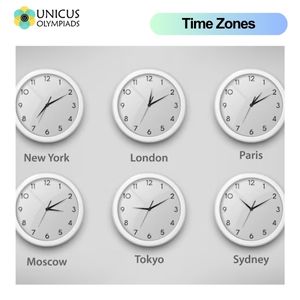

Time zones, Greenwich Mean Time (GMT), and Daylight Saving Time (DST) are crucial systems used worldwide to ensure that time is accurately measured and standardized across different regions. Time zones help manage the differences in time between various parts of the Earth due to the planet’s rotation, while GMT and DST help regulate timekeeping, especially in regions that experience changes in daylight throughout the year. In this article, we will explain the necessity of time zones, the role of GMT and DST, and provide examples of their use around the world.
Time zones exist because Earth is divided into 24 longitudinal sections, with each section corresponding to a specific time based on the Earth’s rotation. The planet rotates once every 24 hours, and as it does so, different areas experience daylight and night at different times. Time zones ensure that people in the same region follow a consistent time, which aligns with the movement of the sun in their locality.

Greenwich Mean Time (GMT) is the standard time against which all other time zones are calculated. It is based on the mean solar time at the Prime Meridian (0 degrees longitude), which passes through Greenwich, England. GMT serves as a reference for coordinating time across the world, helping to synchronize global activities like flights, meetings, and business operations.
Daylight Saving Time (DST) is the practice of moving the clocks forward by one hour during the warmer months (usually from spring to autumn) to extend evening daylight. This helps to make better use of natural daylight and save energy. During the winter months, clocks are set back to standard time.
While time zones, GMT, and DST help organize time globally, there are challenges and debates associated with them. The main challenges include confusion caused by differing time zone rules in various regions, inconsistent observance of DST, and the potential health impacts of shifting clocks forward or backward.